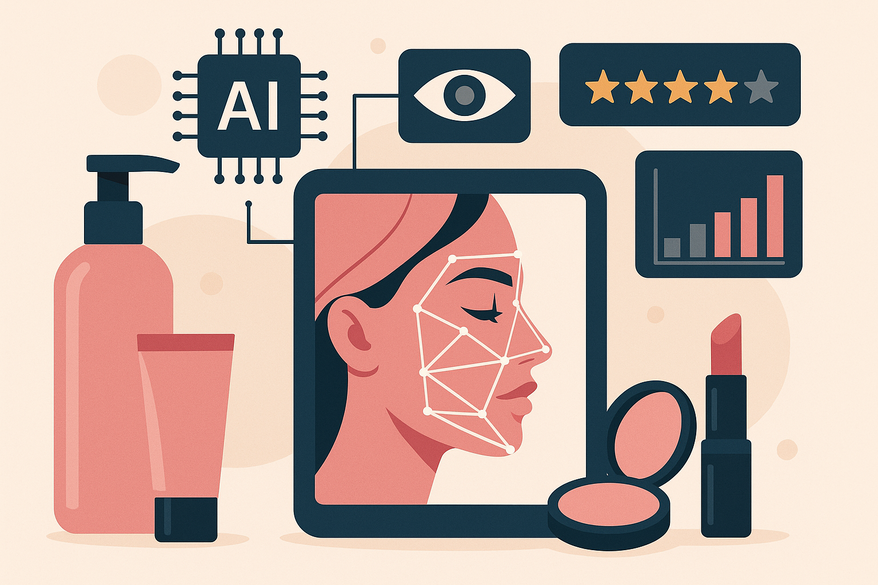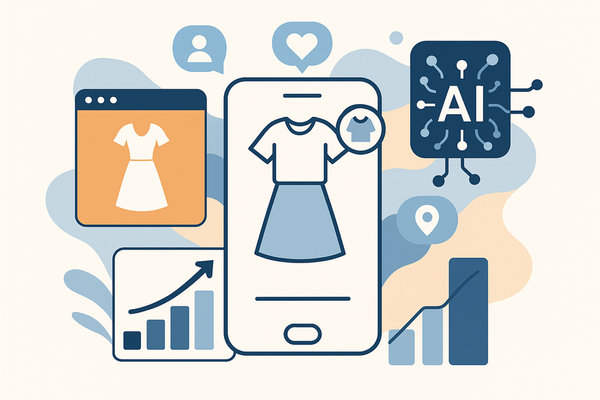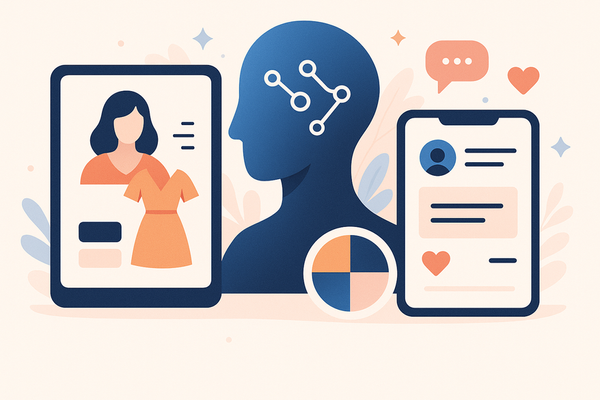The Science Behind Digital Beauty Ratings
Explore how AI and computer vision power digital beauty ratings, affecting beauty norms, consumer choices, and tech innovations in the cosmetics industry.

Estimated reading time: 12 minutes
Key Takeaways
- AI-driven beauty ratings rely on computer vision and machine learning to quantify facial attractiveness.
- Core methodologies include symmetry analysis, golden ratio metrics, texture mapping and deep learning models.
- Ethical challenges—such as bias, privacy and transparency—must be addressed for fair adoption.
- Future trends point to multimodal analytics, hyperspectral imaging and brain-signal integration for holistic assessments.
Table of Contents
- Introduction
- Background and Context
- Scientific Foundations
- Methodologies and Technologies
- Implications and Ethical Considerations
- Future Trends and Developments
- Conclusion
Introduction
Beauty-tech apps—from smartphone filters to virtual makeup trials—are redefining how we perceive attractiveness. At the heart of these innovations is the science behind digital beauty ratings, where AI and computer vision algorithms assign scores that influence norms, consumer choices and research in cosmetics and wellness. By the end of this post, you’ll grasp both the technical depth and societal impact of these ratings.
Background and Context of the Science Behind Digital Beauty Ratings
Digital beauty ratings are algorithm-driven systems that assign an attractiveness score to facial images. These systems evolved from classical ideals like the golden ratio — immortalized in Da Vinci’s Vitruvian Man — to modern AI-powered analyses. In early biomechanics, practitioners performed manual landmark mapping and analog measurements; today’s tools leverage real-time pattern recognition and big data.
- Classical ideals: Golden ratio applications and subjective paper scales (History of the Golden Ratio).
- AR trials: Live virtual makeup to experiment with shades and textures.
- AI fluorescence photography: Revealing UV spots, hydration levels and early aging signs.
Scientific Foundations of the Science Behind Digital Beauty Ratings
At the core lie three pillars:
- Computer Vision & Image Processing: Landmark detection (eyes, nose, mouth), preprocessing (normalization, histogram equalization), and texture analysis via photometric stereo.
- Machine Learning Algorithms: Supervised models trained on labeled datasets, using symmetry metrics, golden ratio deviations and texture uniformity (Importance of Facial Symmetry).
- Deep Learning: Convolutional Neural Networks that detect edges, shapes and patterns, capturing subtle cues beyond human perception.
Statistical scoring models aggregate these features into composite attractiveness indices, and research shows a digital “halo effect” where AI enhancements boost perceived appeal.
Methodologies and Technologies in the Science Behind Digital Beauty Ratings
An end-to-end workflow typically follows these steps:
- Image capture via smartphone or webcam.
- Facial detection and landmark mapping.
- Feature extraction: symmetry, proportion, texture, color.
- Model inference: compute attractiveness scores or personalized feedback.
- Instant output powered by edge computing and lightweight CNNs.
Detailed models vary between regression and classification approaches, often leveraging CIELAB color space for tone analysis and batch-normalized CNN layers for robust predictions.
Implications and Ethical Considerations of the Science Behind Digital Beauty Ratings
While digital beauty ratings offer personalization, they carry significant risks:
“Black-box algorithms can embed cultural biases and heighten privacy concerns when facial biometrics are stored or misused.”
- Bias: Non-diverse datasets skew standards toward specific ethnicities or ages.
- Privacy: Storing facial data can lead to unauthorized surveillance.
- Transparency: Lack of explainability hinders users from contesting scores.
Mitigation involves open-sourcing models, curating inclusive datasets and adhering to frameworks like GDPR to foster trust.
Future Trends and Developments in the Science Behind Digital Beauty Ratings
The next frontier includes:
- Multimodal analysis: Combining visual data with skin microbiome or biometric signals.
- Hyperspectral imaging: Advanced pigment and hydration mapping.
- Brain-signal integration: EEG/fMRI studies linking neural responses to beauty stimuli.
These innovations promise richer insights but demand robust ethical guardrails to ensure fairness and cultural sensitivity.
Conclusion
The science behind digital beauty ratings weaves together computer vision, machine learning and deep neural networks to quantify attractiveness. From initial image capture to composite scoring, the methodologies—while powerful—raise questions of bias, privacy and transparency. As the field advances toward multimodal and hyperspectral analytics, developers must anchor innovation in ethical frameworks to build trust and drive responsible beauty-tech evolution.
FAQ
- What factors determine a digital beauty score?
Algorithms analyze facial symmetry, proportions, skin texture and color uniformity to compute an attractiveness index. - How accurate are AI beauty ratings?
Accuracy varies by dataset diversity and model design; well-trained systems can reflect consensus standards but may falter on underrepresented groups. - Can I contest my score?
Transparency levels differ—open-source platforms allow review of model architecture, while proprietary apps often keep algorithms hidden. - What safeguards protect my privacy?
Look for apps that anonymize facial scans, secure storage under GDPR/CCPA and clear data-use policies.





